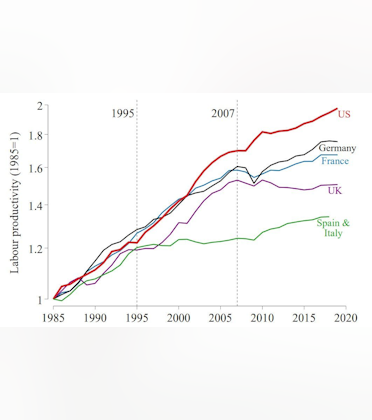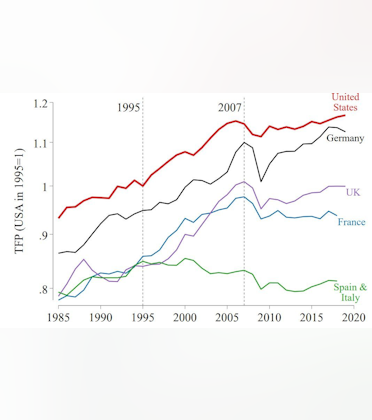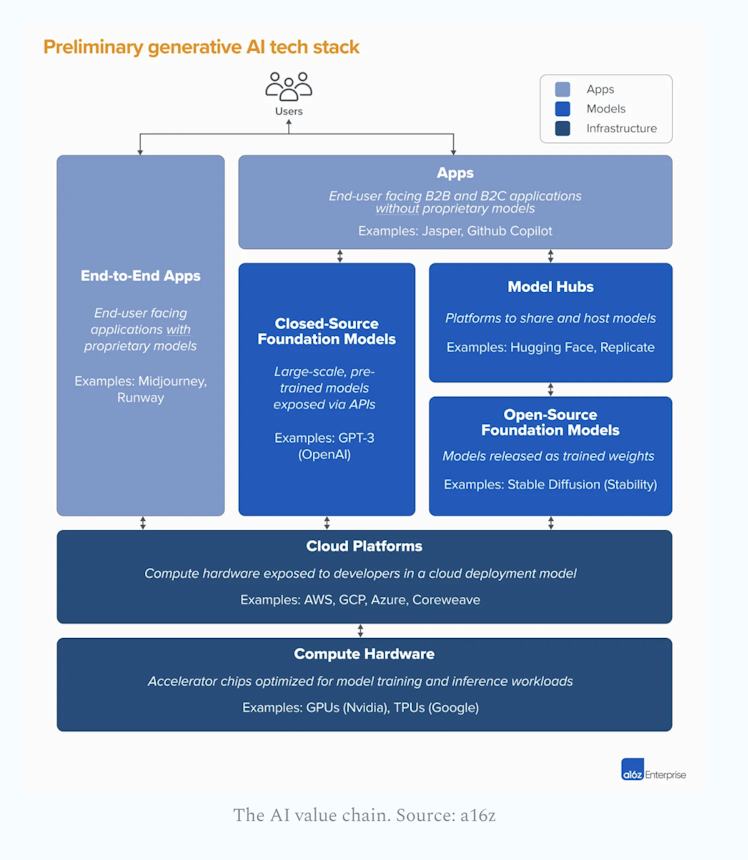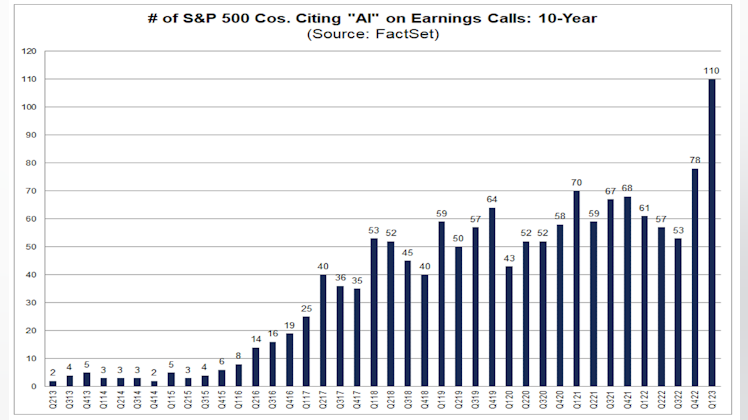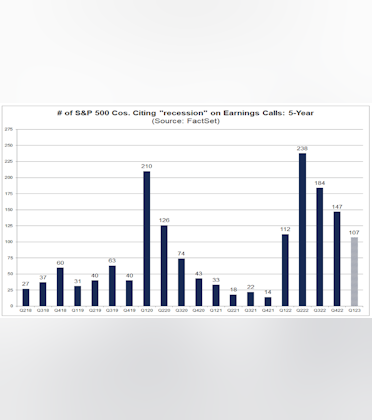A lot of talk and murmurs around the debt refis coming up for PE backed companies, touting it as something that could potentially stop the music in this space for a while.
Default rates are picking up all over as rates stay higher for longer.
Acc. to Pitchbook, default rate of the Morningstar LSTA US Leveraged Loan Index rose to 1.60% at the end of May, a two-year high.
Base rates going from 0-5% in less than 12 months have pushed up floating rate debt costs to 10-12% (could be higher for smaller MM/LMM companies).
Acc. to Lincoln International, debt coverage ratios for PE backed companies are already declining (45% of them in their database are showing worrying signs).
It started with base rates, but is spreading to spreads over base rates as well, which are ticking higher slowly.
One could expect syndicated loans market to slow down even further as the loans get degraded to junk/closer to junk categories. Banks will be less willing to lend to deals/companies with higher leverage levels.
Some are using it as a proxy for the impending troubles in PE and the private credit space, which has been on a tear recently.
I could take the other side, saying that larger private credit teams could gain even higher share in private debt. The loans are held by a much smaller group and are likely to work out a solution during duress.
There is an uptick in realised losses in direct lending as well (0.25%, highest in two years). Credit teams with restructuring capabilities might be able to increasingly gain share here. One could expect experienced distressed investors to do well too.
On the PE sponsor side, GPs that have focused on having a cleaner capital structure, a management that can steer the ship well, and a healthy balance sheet might be able to navigate this best. Their portcos would gain share against competition in this type of environment.

